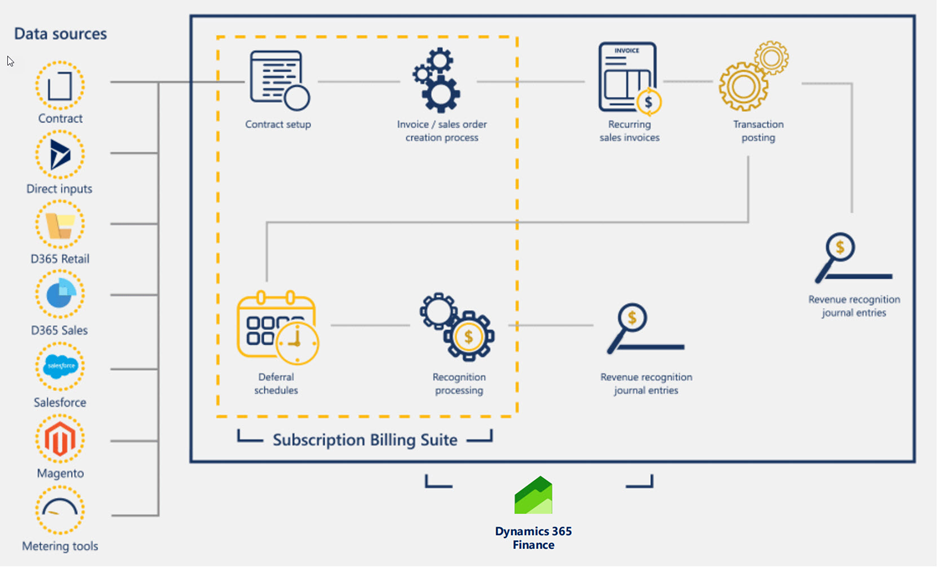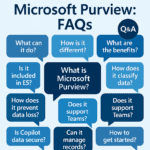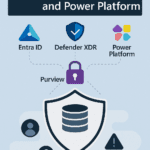

SB503 – Scenarios Where Companies Benefit from Subscription Billing for Intercompany Transactions (Without Charging Customers)

Table of Contents
ToggleIntroduction
Many organizations use subscription billing for intercompany transactions where no direct charges are applied to customers, but internal departments, subsidiaries, or sister companies need to track recurring costs, revenue recognition, and resource allocation. These scenarios help in financial transparency, cost allocation, compliance, and automation of internal billing in Microsoft Dynamics 365 Finance.
Intercompany IT Services & Software Allocations
Scenario
A global enterprise has a centralized IT department providing cloud storage, cybersecurity, and software licenses to its subsidiaries. Instead of charging customers, the IT department bills internal business units monthly for usage.
How Subscription Billing Helps
✅ Automates internal cost allocations for IT services on a recurring basis.
✅ Ensures accurate revenue recognition by spreading costs over time.
✅ Simplifies intercompany settlements between headquarters and subsidiaries.
Example in D365
- IT Department bills subsidiary A £10,000 per month for Microsoft 365, cybersecurity, and IT support.
- Intercompany journal entry:
Debit: IT Expense (Subsidiary A) £10,000
Credit: Intercompany Revenue (IT Department) £10,000 - Deferred revenue is recognized monthly to align with IFRS 15 standards.
Internal Equipment Leasing & Asset Depreciation
Scenario
A manufacturing company leases machinery and vehicles to its own production facilities without charging external customers. The finance team uses subscription billing to track recurring internal allocations.
How Subscription Billing Helps
✅ Automates internal lease expense recognition for accurate financial reporting.
✅ Allocates asset costs across multiple business units over the useful life of the equipment.
✅ Ensures compliance with IFRS 16 (Lease Accounting).
Example in D365
- Headquarters provides equipment to Subsidiary B for £5,000/month.
- Intercompany transaction:
Debit: Equipment Lease Expense (Subsidiary B) £5,000
Credit: Intercompany Lease Revenue (Headquarters) £5,000 - Subscription billing automatically posts the recurring cost allocation for accurate accounting.
Intercompany Employee Salary & Benefits Allocation
Scenario
A parent company centrally manages payroll and employee benefits for all its subsidiaries. Instead of direct customer billing, subscription billing tracks and allocates payroll costs to subsidiaries.
How Subscription Billing Helps
✅ Automates salary and benefits allocations across multiple business units.
✅ Improves financial reporting by aligning payroll costs with revenue generation.
✅ Simplifies cost distribution for shared employees.
Example in D365
- Parent company pays HR and IT salaries for shared employees working across multiple regions.
- Monthly allocation to Subsidiary C (£20,000):
Debit: Salary Expense (Subsidiary C) £20,000
Credit: Intercompany Payroll Allocation (Parent Company) £20,000 - Subscription billing ensures automated posting each month.
Shared Corporate Services (HR, Finance, Compliance)
Scenario
A multinational company centralizes corporate services like HR, finance, legal, and compliance. Instead of external charges, these services are internally reallocated across subsidiaries using subscription billing.
How Subscription Billing Helps
✅ Ensures fair cost allocation for shared services.
✅ Automates monthly intercompany charges.
✅ Improves cost transparency for management reporting.
Example in D365
- Parent company allocates £50,000/month for corporate HR, finance, and legal services to all subsidiaries.
- Intercompany allocation journal:
Debit: Shared Services Expense (Subsidiary D) £50,000
Credit: Intercompany Service Revenue (Parent Company) £50,000 - Subscription billing handles automatic entries each period.
Subscription-Based Cost Sharing for R&D Investments
Scenario
A pharmaceutical company develops new drugs centrally and shares R&D costs with global subsidiaries who will later distribute the products. The costs are allocated via a subscription model instead of direct customer invoicing.
How Subscription Billing Helps
✅ Ensures accurate allocation of R&D costs across multiple business units.
✅ Provides financial clarity for investment tracking.
✅ Aligns revenue recognition with regulatory compliance.
Example in D365
- Global R&D team incurs £200,000 in monthly expenses.
- Subsidiary E is allocated £25,000/month for shared R&D investment.
- Intercompany subscription billing transaction:
Debit: R&D Expense (Subsidiary E) £25,000
Credit: Intercompany Revenue (Global R&D Team) £25,000 - D365 ensures automatic revenue recognition and compliance.
Internal Subscription for Manufacturing Parts & Raw Materials
Scenario
A global automotive company manufactures parts centrally and distributes them to its assembly plants on a subscription basis instead of one-time purchases.
How Subscription Billing Helps
✅ Provides predictable supply chain planning.
✅ Ensures each plant gets the necessary parts monthly.
✅ Automates intercompany cost allocation and reduces manual invoicing.
Example in D365
- Engine production unit allocates £500,000/month to Subsidiary F for engine parts supply.
- Subscription billing automatically posts:
Debit: Raw Materials Expense (Subsidiary F) £500,000
Credit: Intercompany Revenue (Manufacturing Unit) £500,000 - D365 Finance tracks the recurring allocations seamlessly.
Key Benefits of Subscription Billing for Intercompany Transactions
✅ Automates Internal Cost Allocations – Reduces manual journal entries.
✅ Improves Financial Transparency – Ensures accurate tracking of intercompany transactions.
✅ Enhances Compliance – Meets IFRS 15 & IFRS 16 requirements for revenue recognition & leasing.
✅ Reduces Administrative Overhead – Minimizes the complexity of intercompany settlements.
Conclusion
Even when companies are not charging external customers, Subscription Billing in D365 Finance provides immense benefits for automating intercompany cost allocations, improving financial transparency, and ensuring compliance.
This approach is particularly useful for IT services, payroll allocations, shared services, leasing, R&D investments, and raw material distributions across business units.
Expand Your Knowledge: See More Subscription Billing Blogs
I am Yogeshkumar Patel, a Microsoft Certified Solution Architect and ERP Systems Manager with expertise in Dynamics 365 Finance & Supply Chain, Power Platform, AI, and Azure solutions. With over six years of experience, I have successfully led enterprise-level ERP implementations, AI-driven automation projects, and cloud migrations to optimise business operations. Holding a Master’s degree from the University of Bedfordshire, I specialise in integrating AI with business processes, streamlining supply chains, and enhancing decision-making with Power BI and automation workflows. Passionate about knowledge sharing and innovation, I created AI-Powered365 to provide practical insights and solutions for businesses and professionals navigating digital transformation. 📩 Let’s Connect: LinkedIn | Email 🚀




















Post Comment